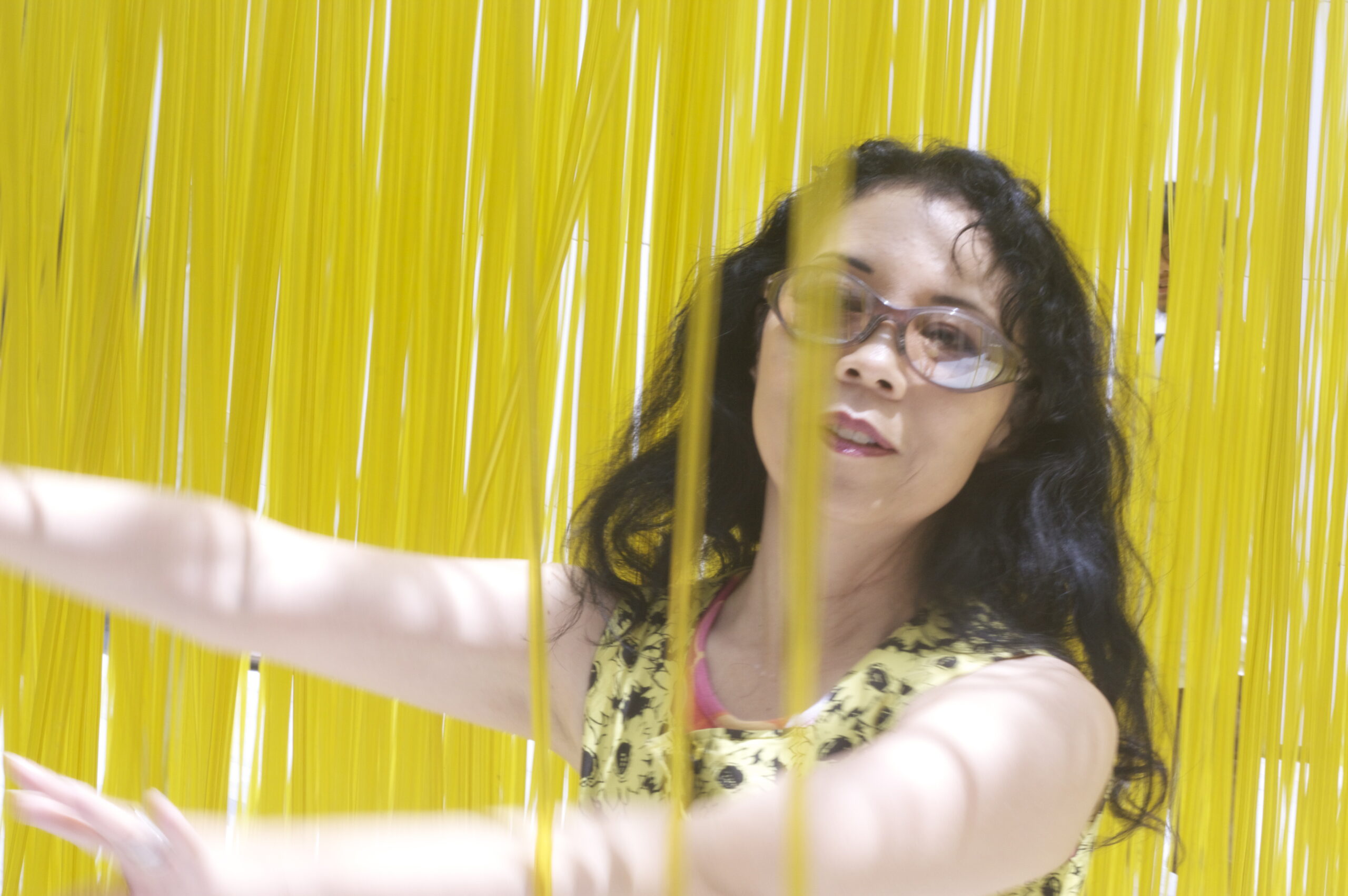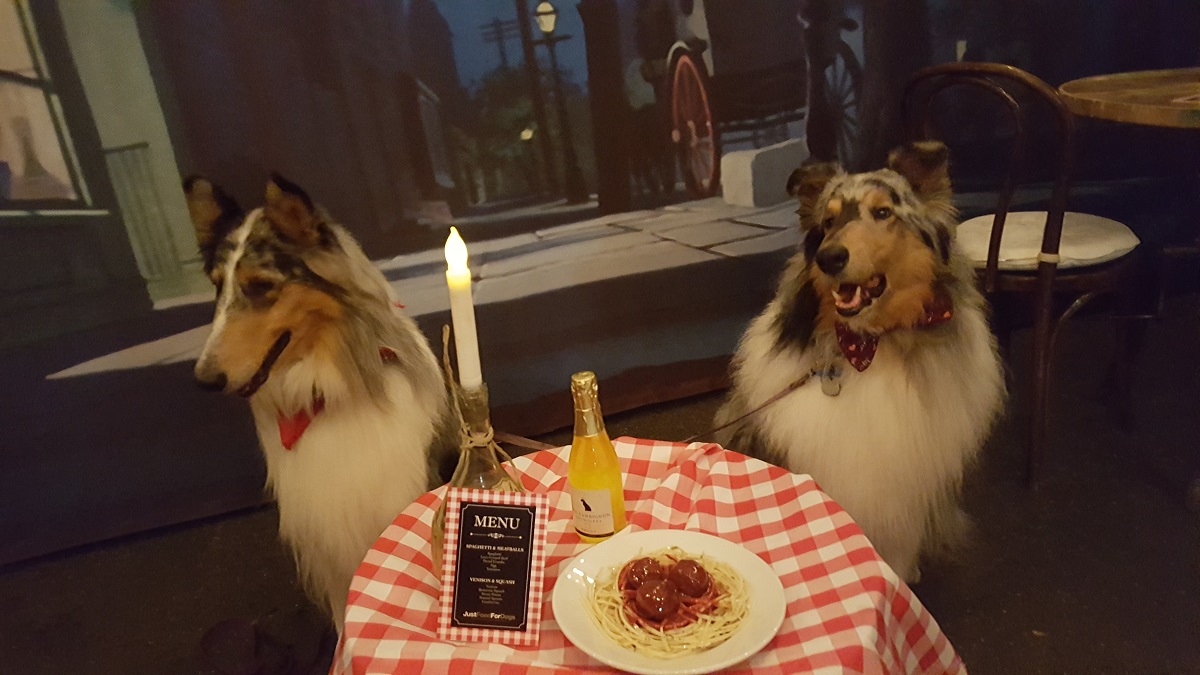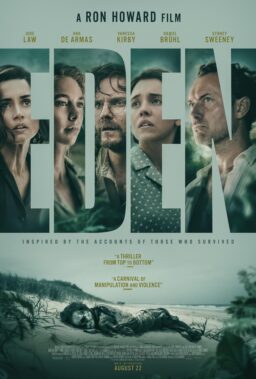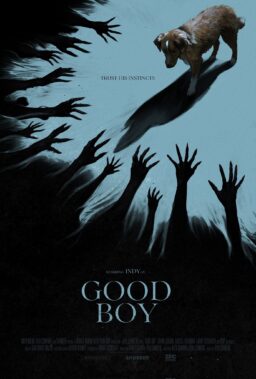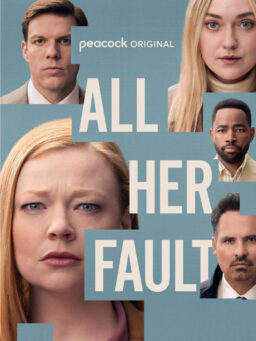Twelve years ago, on a June gloomy day, my husband and I took a trip up north to look at the puppy from a breeder in Central California. The puppy was only seven weeks old, but the breeder somehow trusted me to take care of the pup a week earlier than she usually adopted one out. As we came through the drizzle of the early afternoon into the Los Angeles basin, I named the blue merle rough collie puppy for the weather: Kirisame (霧雨).
Some people find a dog and expect it to live up to their expectations. I’ve followed where my dogs have led me, and they’ve taken me on surprising journeys. That journey started with my mother who taught me not to be afraid of large dogs. Before she married, my mother had shown German Shepherd dogs, even breeding her bitch for at least one litter. When I was a child, I remember seeing the ribbons my mother had received at local dog shows on display at my grandmother’s house in the countryside. Our family’s first dog was a purebred German Shepherd who was more at home with my sister and I than my younger brother. When I was a teen, my mother showed me how to walk a dog at heel on a d-ring collar.
But, luckily, considering the modern trend in GSD, I found Albert Payson Terhune while wandering the stacks of the children’s library and fell in love with rough collies. While I did watch some of the Lassie TV series (and the 1943 Roddy McDowell classic, “Lassie Come Home,” is a must-see for collie lovers), it was really the books that stayed with me although some find APT’s prose maudlin or dated. Terhune’s famous Lad was a sable and white and Hollywood did make a 1962 film, “Lad: A Dog.”
Growing up, we had three dogs, but none of them had happy endings. I was determined that my dogs would be different. My first dog was an 18-month-old untrained dog from a local breed rescue. He was the rescuer’s “wild man” and my then-husband wanted nothing to do with him. The dog was fortuitously named Laddie, and, like the literary Lassie (from Eric Knight’s short story and novel), he was a tricolor. With Laddie, I attended my first Hollywood premiere at the Chinese Theater although I didn’t get to see the 1994 “Lassie” until later. I also was briefly an assistant for visiting artist William Wegman, and Laddie and I had our photo taken together in the studio of Pasadena Community College by him. At the time, two male professors opined they wished to be reincarnated as one of my dogs.
This is the magic secret of dog training—lose control over yourself and you at once lose control of the dog. Your strongest and most irresistible weapon is iron patience.
Albert Payson Terhune, Gray Dawn
During this time, I was a volunteer photographer for the local humane society, even once photographing their calendar. I also went to dog shows to photograph dogs preparing for competition and even wrote about how professional dog handlers felt about “Best in Show” for the Los Angeles Times.
Laddie saw me through my divorce, but dogs don’t live as long as we would like. By the time of my second marriage, my first four dogs had passed away, three within two years of each other. Kirisame was the first dog I had from puppyhood. The soft silver grey of his coat reminded me of Gray Dawn, a Terhune book. I thought he’d be a therapy dog, like my first two collies, but a couple of weekends in the park changed that. The puppy with a rat tail and a diffident attitude became fluffy and leggy. A sheltie breeder insisted I should be showing him. Kirisame’s breeder was dubious about the opinion of an unnamed breeder of a related but different breed. Yet soon after, a well-known breeder of smooth collies stopped me at the same park, gave me her name and she became my mentor.
The pet contract I had with the breeder became a co-ownership, and suddenly I was learning grooming, physical conditioning, nutrition and showmanship. I learned the difference between the classes and showing strategies. I had entered the “Best in Show” world. The AKC is a one-dog winner driven point system making the trail to championship expensive. There’s a less well known International All Breed Canine Association which seems more like “Kings of Pastry” where there can be a room full of winners and champions.
A trip into the southwestern desert encouraged me. I handled him to three major reserves, which is second place, but provides no points unless the winner is disqualified. And yet soon after I had a major slap in the face. The three same dogs were showing one weekend in the desert. My dog got reserve one day. The next day, the winning dog from the day before would not trot around the ring. The judges are supposed to see how well balanced a dog is by watching it trot away and toward them and then from the side. I was sure I would win, but I was stunned to learn I had placed last. The woman whose dog took reserve was obviously stunned as well and kindly took me aside and told me to get a professional trainer, giving me some recommendations.
Until that moment, I hadn’t thought much about how judges could be prejudiced. I never showed under that judge again. I knew some judges didn’t like blue merles and there were types or breeding goals that different judges preferred. But the judge and the other handlers on that particular day were White. From my work with breed rescue, I already had spoken over the phone with a California woman who would not adopt purebred dogs out to “Orientals” or African Americans.
For non-major shows, I showed my dogs, but for majors I hired a professional handler, a White man. I was careful about showing under people who identified themselves by military titles because, after all, having grown up in a navy town, I’d already met people who remembered Pearl Harbor even if they hadn’t been born when it happened. I often wondered how my mother felt during her dog show days in a state that had lynched Asians and sent her and her family to internment camps.
There was a certain protocol for show because Kirisame wasn’t one of many. He was one of two, with the other dog, Kaminari, a dog meant more for agility than conformation. Kirisame could be surly if not given what he expected such as riding shotgun and turn out petulant in the ring. He didn’t like running in wet grass, common for early morning outdoor dog shows in California. He was best indoors, running on concrete floors covered with non-skid mats. I put all my expertise as a small animal massage therapist to work, conditioning his hind legs, improving his posture and learning how to extend his reach during a fast trot.
May became my regular travel circuit to New Mexico and then expanded to Utah, New Mexico and Louisiana. Because of Kirisame, I stayed at the El Rancho hotel in Gallup, NM, where stars like Jimmy Stewart, John Wayne, Mae West, Robert Mitchum, Joan Crawford, and Rita Hayworth stayed, mostly while making films in the desert. Gallup, I learned, had refused to surrender its Japanese American population to the government for internment during WW II. So I always stopped there to spend money, even if I didn’t stay at this historic rustic hotel, again. I visited Arches and did day hikes, including one where I found a large weathered cow bone. I’d listen to the great theme songs of old TV westerns and classic movies during my long drives where I learned the difference between a Texas and a Los Angeles traffic jam, and why you want to have a high clearance vehicle in Arkansas and Louisiana which gave me some insight when I saw “Minari” last year. I even paid a visit to someone in Colorado as part of a GoFundMe surprise, after raising $8K for a dog who required an amputation.
In the end, I did handle my dog, Merrol Flynn Mizzle, to one major in Louisiana, and, while I was covering AFI Fest in Los Angeles, a professional handler, a woman, got him his last major in Arizona. The next year, Kirisame would begin slowing down. This year as his decline continued, the vet suggested he had the equivalent of ALS for dogs.

Kirisame and Kaminari didn’t ever enter the Chinese theater as Laddie had done. They were invited to a special event to celebrate my favorite Valentine’s Day film, the animated “Lady and the Tramp” and got to eat doggie spaghetti while being photographed. They did attend one special Star Wars event the San Diego International Comic-Con for Petco. Kirisame and Kaminari attended the Netflix activation for their documentary series: “Dogs.” By this time, they had been joined by another interloper—Misty: Doggess of Destruction. Misty came as an emergency foster home placement, brought over in less than 48 hours after an adoption fail. If my husband and I thought Kaminari was a demon dog, Misty proved us wrong. I might not have been prepared for Misty before Laddie, but after Kirisame and Kaminari, I was ready for this foster fail. She had fun at the Netflix event and more although she remains suspicious of staring border collies.
But all those opportunities closed down last year.
My pandemic days were regulated by the four-hour intervals when I needed to take Kirisame out. Our twice weekly trips alone to the park where this journey had started were cancelled due to the pandemic. The pandemic brought a new threat. I was with him on our long twice daily walk when someone threw a bottle at me and again when someone yelled a racist slur as I crossed the street. Because he could not move quickly and even might need to rest, I stopped taking him on long walks past the stop light, fearing what might happen as anti-Asian incidents rose since he could not move quickly enough to get out of harm’s way.
The once diffident dog now stayed close beside me as I was working on my computer except when he requested to spend time out on the back lawn, in his cave, listening to the hummingbird conversations. Instead of buying a new bicycle, we opted to buy him a wheelchair that bought him a few more months. There was even an evening, a month before he died, that I thought he had improved. For the first time in two months, he got up by himself and walked from the kitchen to rest beside me. I remember him peeking around the corner, so proud that he had managed to get up and stagger to me for much praise and affection.
While Kirisame had once been the ideal car dog, car rides over an hour were hard on him. When I went for my last visit with my mother, I took Kaminari instead. The staff allowed me to sneak him into the hospice room. My mother mostly slept as I sang and played music. When she was awake, we had the same conversation over and over again as I let her feed treats to the quiet Kaminari.
On the night that Kirisame died, I had just driven back from meeting some friends of my mother in Chula Vista as the garden club honored her and others who has passed away during the pandemic. I helped Kirisame up and led him to my office and comforted him. His heart was racing, and his hind feet were cold. I put his head in my lap until he seemed to sleep. I got up again, to put his head on a pillow. In the morning, when my husband got up to take him out, Kirisame was cold and now eternally quiet.
I had learned from my mother that a small person can control a large dog and I had done it without great physical strength. Each of my dogs asked me to take them on and we trotted down a path that I had not intended to travel. Now this adventure has ended.
All dogs die too soon. Many humans don’t die soon enough. A dog is only a dog. And a dog is too gorgeously normal and wholesome to be made ridiculous in death by his owner’s sloppy sentimentality.
Albert Payson Terhune, The Heart of a Dog
What I learned from my dogs is to find joy with them each day because too soon they’ll be gone.
One of my collie Facebook friends recently lamented that this generation will grow up not knowing “Lassie,” a TV show that had a 19-season run (1954-1973), but that also means, as Dalmatian breeders and rescuers well know, that there won’t be a generation of rough collies flooding the market and ending up in animal shelters or rescue. If you had ever seen Kirisame and even now if you see me out with my collies, I will smile if you call him or her Lassie, but I’ll always reply, “Better looking than Lassie.”
Rest In Peace. Wait for me at the rainbow bridge with Laddie, Bodhi, Heidi, and Kumori.
